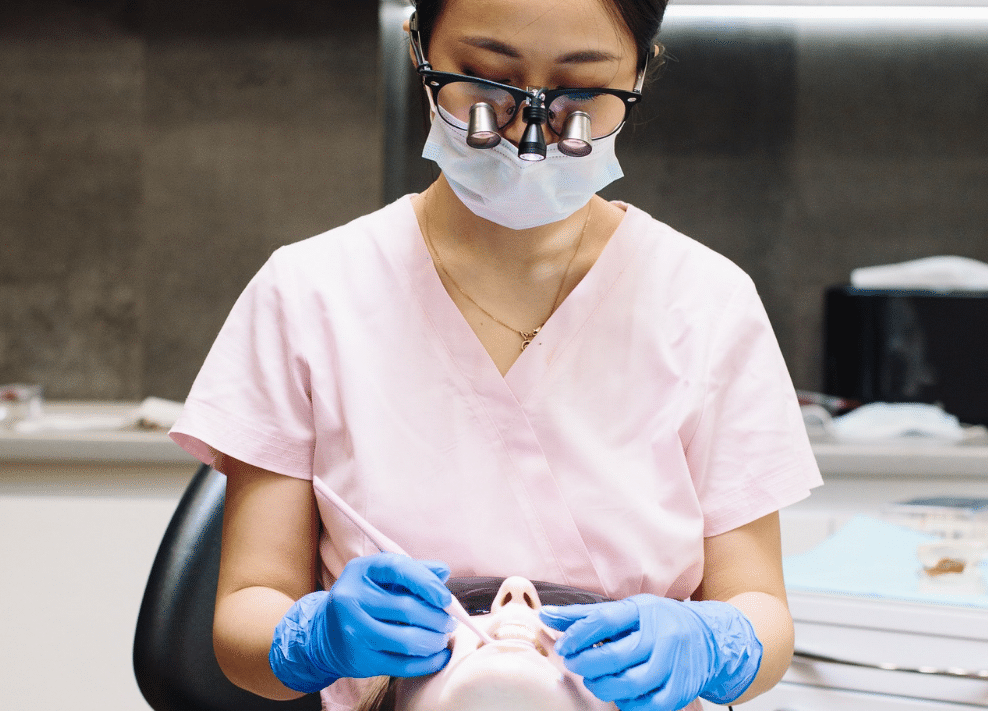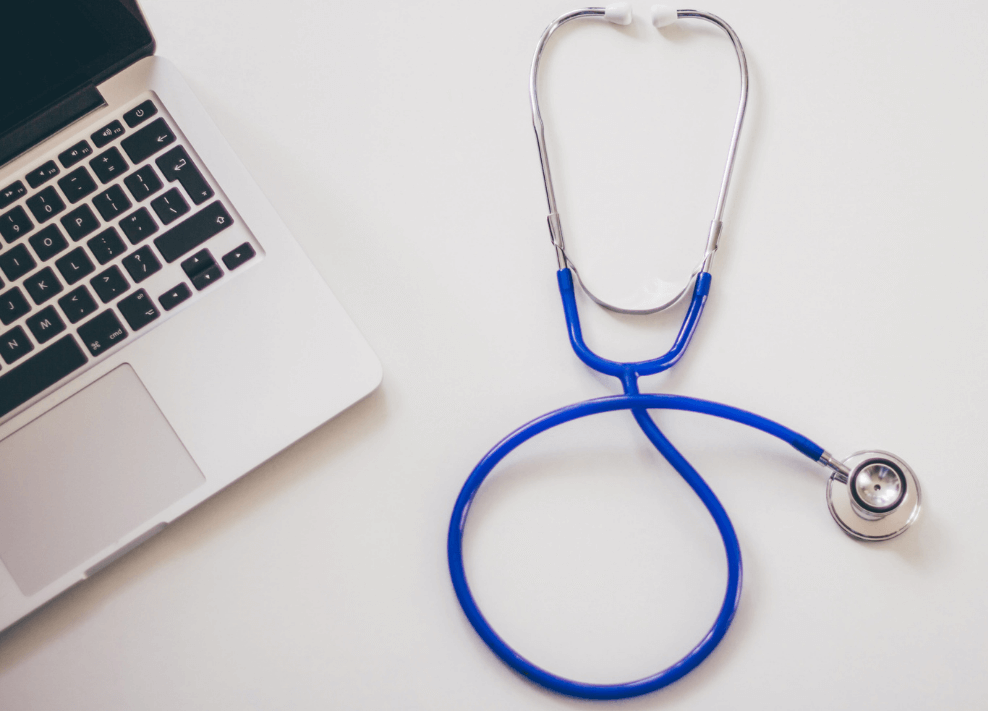What is a regular check-up?
When it comes to dental health, prevention is paramount and regular office visits are a big part of that picture.
Most dental problems can be prevented. Your dentist and hygienist can help you reduce tooth decay with some easy techniques involving regular care under our guidance. Brushing and flossing are the foundation of good oral health, but regular visits to your dental hygienist are needed to ensure that your teeth and gums stay healthy.
The frequency of your check-up and cleaning depends upon your personal needs. Your dentist and hygienist will collaborate with you in order to arrive at an interval that suits your schedule and addresses your dental health. Regular visits are an important means of preventing problems.
Cleaning
During your regular visits, the hygienist removes plaque and tartar built up around teeth which can cause tooth decay and gum disease. In addition to performing a thorough scaling (cleaning) of your teeth, the hygienist will complete a periodontal examination. This may include measuring the pocket depths of your gums in order to determine if there is gum recession and if there is tooth mobility, which would indicate the increased potential for bacteria accumulation.
Each cleaning appointment is completed with a polishing of the teeth. With stain and tartar removed, the polishing makes teeth feel fresh and clean and look their brightest.

“Recall exam” or check-up
The dental exam is critical to your ongoing oral health. It consists, in part, of the dentist looking inside your mouth during your regular visit. You previously may not have realized that an exam even was taking place! When the dentist does a “check” during your regular visit, this is not checking the work completed by the hygienist. Rather, the dentist looks in your mouth for things that can affect your oral and overall health. Many of these are things you can’t see on your own, but that a dentist is trained to detect.
Here are some of the things your dentist is looking for during a dental exam:
- damaged, missing or decayed teeth
- early signs of cavities
- condition of your gums, such as periodontal pockets, inflammation or other signs of gum disease (which can lead to tooth and bone loss)
- to see how previous dental work such as root canals, fillings, and crowns are holding up
- early signs of mouth or throat cancer, such as white lesions or blocked salivary glands
- other suspicious growths or cysts

- position of your teeth (e.g., spacing, bite)
- signs that you clench or grind your teeth (a treatable problem that can cause headache or sore jaw and can, if serious, lead to hearing loss and tooth loss)
- signs of bleeding or inflammation on your tongue and on the roof or floor of your mouth
- the overall health and function of your temporomandibular joint (which joins the jaw to skull), checking for signs of disorders that can cause pain or tenderness
- the general condition of the bones in your face, jaw and around your mouth
- an examination of your neck area, with the dentist feeling the glands and lymph nodes for possible signs of inflammation that could indicate general health problems
The dental exam can catch problems early—before you see or feel them—when they are much easier and less expensive to treat.
As well as the visual inspection of your mouth, the exam includes:
- a medical history update so the dentist knows about any health conditions that may affect the success of dental treatments or procedures or that may be associated with oral health problems.
- dental x-rays, if necessary. These can show such problems as cavities under existing fillings, fractures, impacted wisdom teeth, decay under your gum line and bone loss caused by gum disease.

Share all of your health information
The more your dentist knows about your overall health, the more effective they can be in addressing your oral health care needs.
Be sure to mention:
- any new medical conditions you’ve been diagnosed with since your last visit, even if they don’t seem pertinent. Your dentist needs to know to properly manage your treatment and prevention program.
- any new medications you’re taking (side effects can often include dry mouth and overgrown gums)
- if you are pregnant
- if you have any allergies
- any changes you have noticed in your teeth, such as changes in colour, looseness or position
- any changes you have noticed in your gums, such as bleeding when you brush or floss, or changes in appearance
- any increased sensitivity to heat, cold or sweets
- whether your floss catches on rough edges, causing it to shred
- any colour changes in the skin on the inside of your mouth
- if you smoke or chew tobacco (which increases the likelihood of oral cancer)
- if your neck or jaw muscles are tight or if you are aware of clenching or grinding your teeth
- if you are nervous about going to the dentist—new ways of doing things have made modern dentistry more comfortable for patients, and talking to your dentist may reassure you and help you feel more relaxed.

